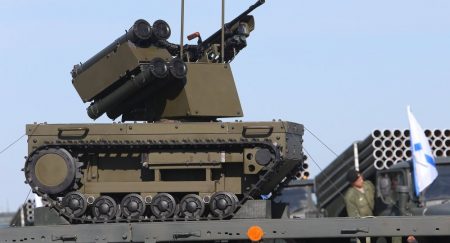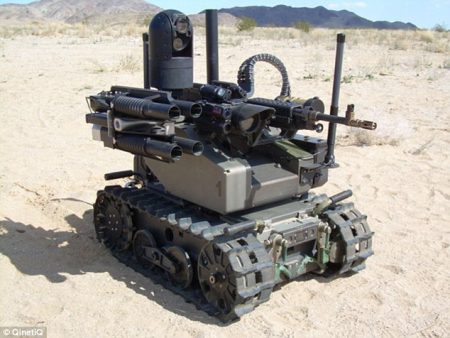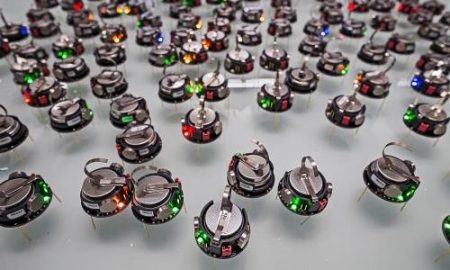December 25, 2016 – This is not a Merry Christmas message. In the past few weeks both the United States and Russia have admitted and even displayed robots that can be deployed in the field to kill. This once thought of only in fiction may become a reality in the near future.
This shouldn’t come as a surprise considering the present use of drones by military operators in a number of countries. But to date drones still have human operators and a command hierarchy to make the decision on when to take a shot. The fear in the not-too-distant future is what will happen when military developers decide to give the robots autonomy to make their own decisions on when to fire.
Back in 2013 a group of 1,000 scientists, technologists and prominent media persons led by Steve Wozniak, Stephen Hawking and Elon Musk, drafted an open letter to governments calling for a ban on autonomous weapon systems capable of making independent kill decisions.
The letter which has attracted more than 20,000 signatures, begins by stating that “most chemists and biologists have no interest in building chemical or biological weapons,” and further asserts “most AI researchers have no interest in building AI weapons.”
The signatories call for the same kind of “broadly supported international agreements that have successfully prohibited chemical and biological weapons” to be implemented for robotics and AI. They conclude, “we believe that AI has great potential to benefit humanity in many ways, and that the goal of the field should be to do so. Starting a military AI arms race is a bad idea, and should be prevented by a ban on offensive autonomous weapons beyond meaningful human control.”
Earlier this year at a conference sponsored by the United States Department of Defense this subject was openly discussed. Should the U.S. develop autonomous armed robots capable of fighting alongside human troops and acting on their own. A concept operations document is in the works to be presented to the U.S. military with a stated 2035 deployment goal. The authors of this document are tasked with looking at semi-autonomous weapons similar to the U.S. Marines test robot seen in the image below. To date, no one in the U.S. Department of Defense has indicated an intention to delegate the autonomous right to kill to a military robot. Nonetheless the option is not yet off the table largely because of concerns about what the other guys might do.
Who are the other guys? The Russians and Chinese for sure. The same thinking about semi-autonomous and autonomous weapon systems is happening in Moscow and Beijing. The Russians in the last month displayed their latest killing machine capable of being human-controlled or making autonomous firing decisions. Built for the Russian Strategic Missile Force to protect launch silos, it resembles a small tank (see image below) and has the capability of detecting enemy movement up to 10 kilometers away, and can fire with lethal accuracy at distances of 400 meters. And China just announced their intention to incorporate AI into military drones.
Weapons such as the marine and Russian prototypes seen above are not the sole concern of those fearing the spread of autonomous robotic systems in the military. Robots don’t have to come in big packages. A malevolent AI deployed within communicating microrobots that display swarm intelligence could be unleashed on an unsuspecting population. Such a weapon could be self-replicating using resources by living off the land and spreading through an entire nation. Swarm intelligent weapons don’t have to be lethal to human lives. They can be used to attack and destroy infrastructure and thus be just as effective in grinding an entire country to a halt.
It is no surprise, therefore, that the United Nations is being tasked to seek international agreement on such weapons. Under its Institute for Disarmament Research (UNIDIR) is hopes to come up with a global ban on lethal autonomous weapons technology. The most recent step in this direction occurred on December 16th in Geneva, with 123 participating nations voting to create an expert committee to work towards that goal. To-date only 19 countries have called for an outright ban. The United States, Russia and China are not among these.


















